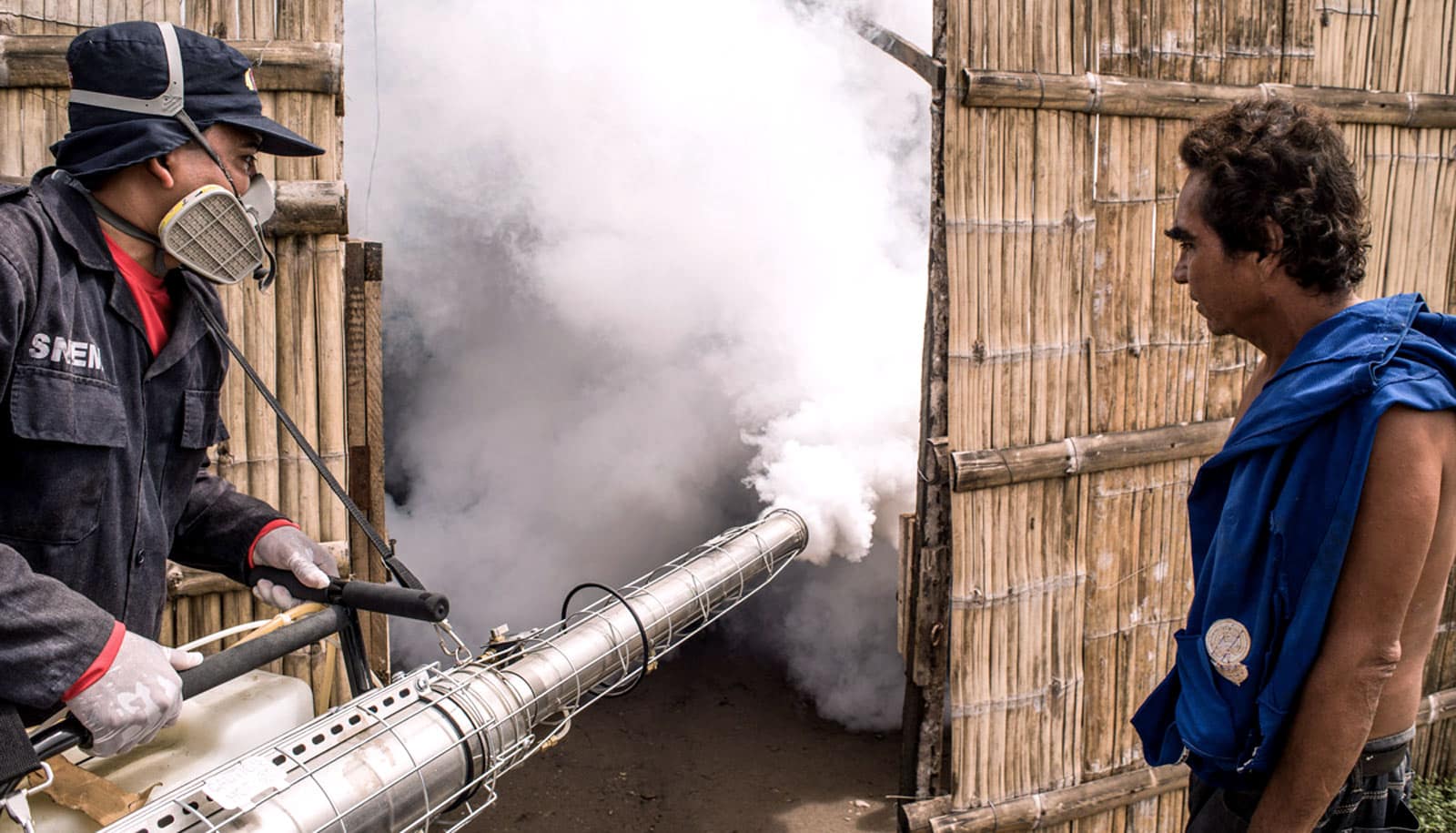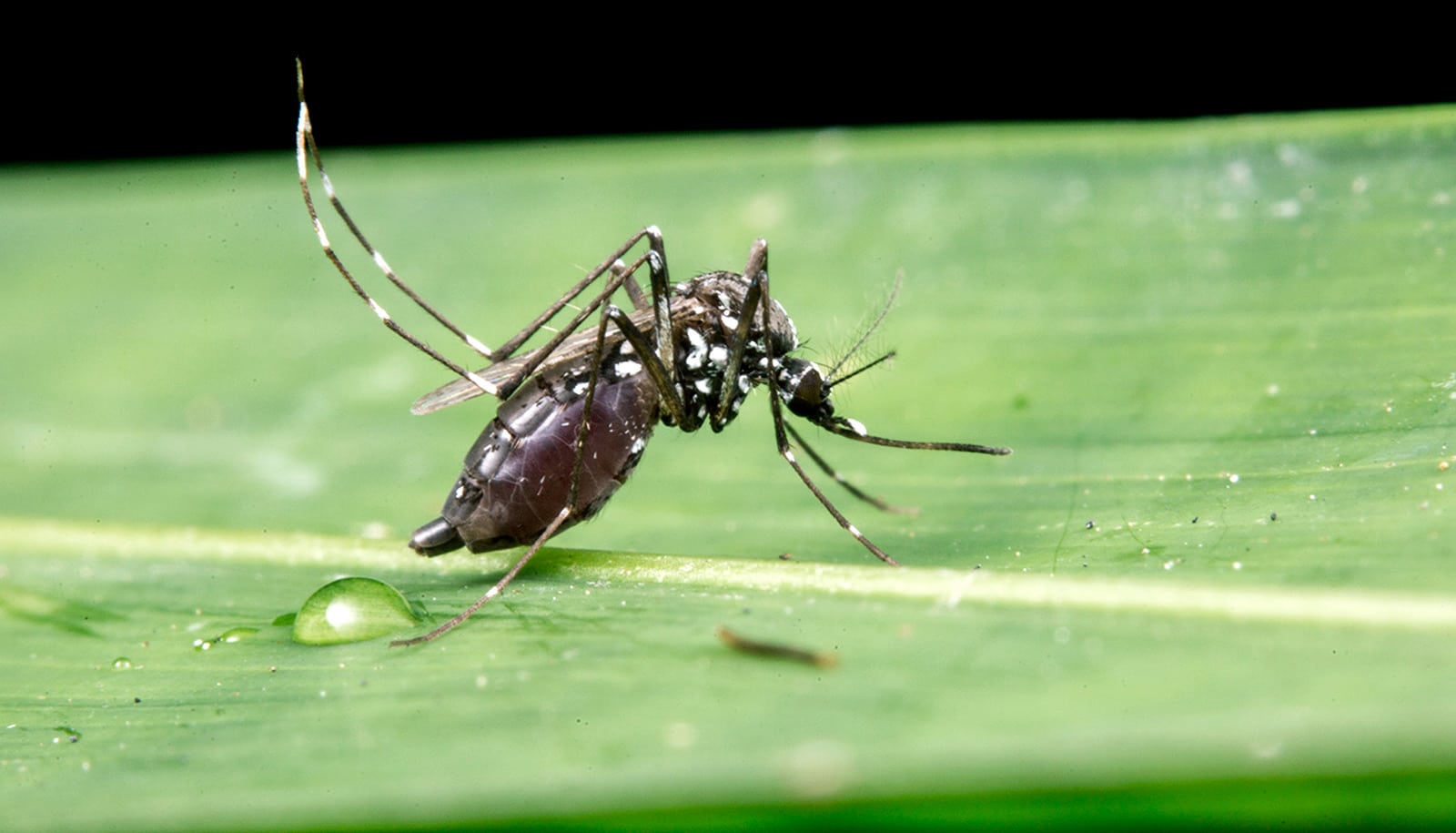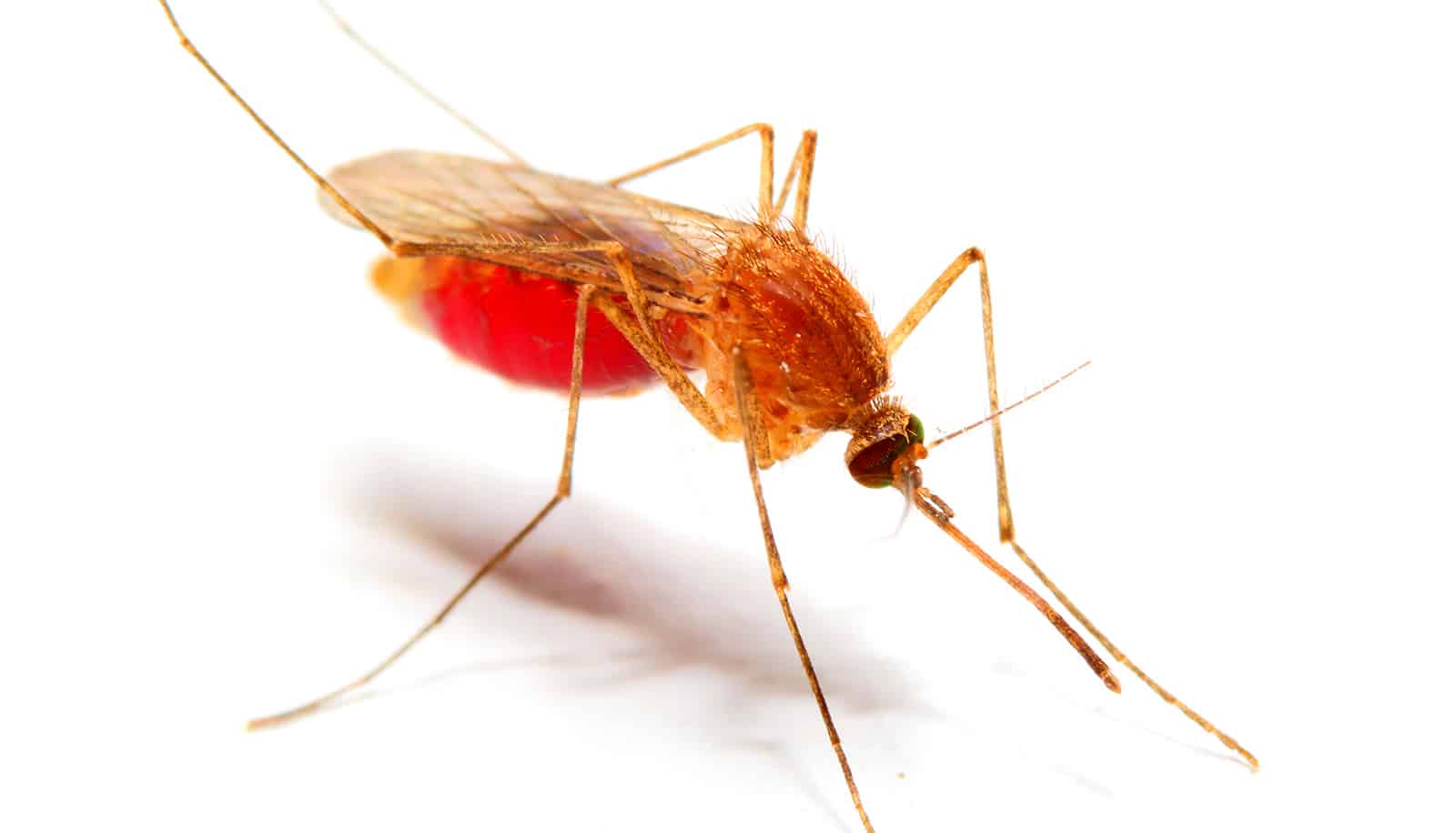New research shows how rising temperatures might influence mosquito behavior and disease risk around the world. The researchers also calibrated their model with field data on human infections of mosquito-borne diseases.
Scientists have known for some time that climate change has caused the extension of mosquito season beyond the summer months, but the ways in which climate change affects the risk of mosquito-borne diseases such as dengue, chikungunya, and Zika has remained somewhat mysterious.
“Dengue epidemics have been on the rise in the past couple decades so there’s been a growing effort trying to understand why we’re seeing more dengue, and what the relationship is between dengue transmission and climate,” says Erin Mordecai, an assistant professor of biology at Stanford University and lead author of the paper in PLOS Neglected Tropical Diseases.

Not too hot, not too cold
Temperature controls several factors that underlie the time it takes for a virus to be transmittable to humans. These include how long it takes for a mosquito to ingest a virus during one feeding and then be ready to inject it in a later feeding; the length of the mosquito’s life cycle; and how often mosquitoes bite.
“All these traits rely on temperature, but they tend to be nonlinear,” Mordecai says. “They increase to a point and then drop off.” The group found that mosquito traits favorable to spreading disease peaked when temperatures reached 29 degrees Celsius (84 degrees Fahrenheit), but were lower when temperatures were cooler or warmer.
Genetically modified mosquito doesn’t catch dengue
When Mordecai looked at transmission of dengue, chikungunya, and Zika in people, those results matched what her models predicted. She says that if you graph how transmission rates change with temperature, you get a bell-shaped curve peaking at 29 degrees C.
‘The next Zika’
Knowing the optimal temperature for disease transmission is critical for predicting future disease rates, Mordecai says. Before this study, she says, there was a wide range of temperature predictions from other researchers.
“If we’re predicting a 29 degree optimum and another model is predicting a 35 degree optimum, the other model will say that climate change will increase transmission,” she says, pointing out that if local temperatures are already close to the optimal temperature, infection may, in fact, go down as temperatures rise.
The information can also help predict how and where disease might spread with climate change. “We really want to build more predictive models that take climate information and make predictions about when and where we can invest in vector control to try to prevent epidemics,” Mordecai says.
This kind of planning is especially important in countries that have lower socioeconomic levels. “Concentrated urban poverty is really where you see a lot of vector-borne disease transmission,” Mordecai says.
You need more DEET to stop old mosquitoes with Zika
She explains that the mosquito that carries dengue, chikungunya, and Zika is an opportunist—it will breed in any water container it can find, from bottle caps to water storage basins. “You tend to see a lot of people exposed to a lot of mosquitoes in places where access to piped water is not reliable, because storage basins are where people are storing water.”
Mordecai knows there is more work to be done with mosquito-borne illnesses. “There’s lots of discussion about what’s going to be the next thing. What’s the next Zika?” She says this model will help researchers predict when and where transmission of the next Zika might happen—and allow enough time to prepare for the event.
A grant from the National Science Foundation—Ecology and Evolution of Infectious Disease funded the research.
Source: Stanford University



